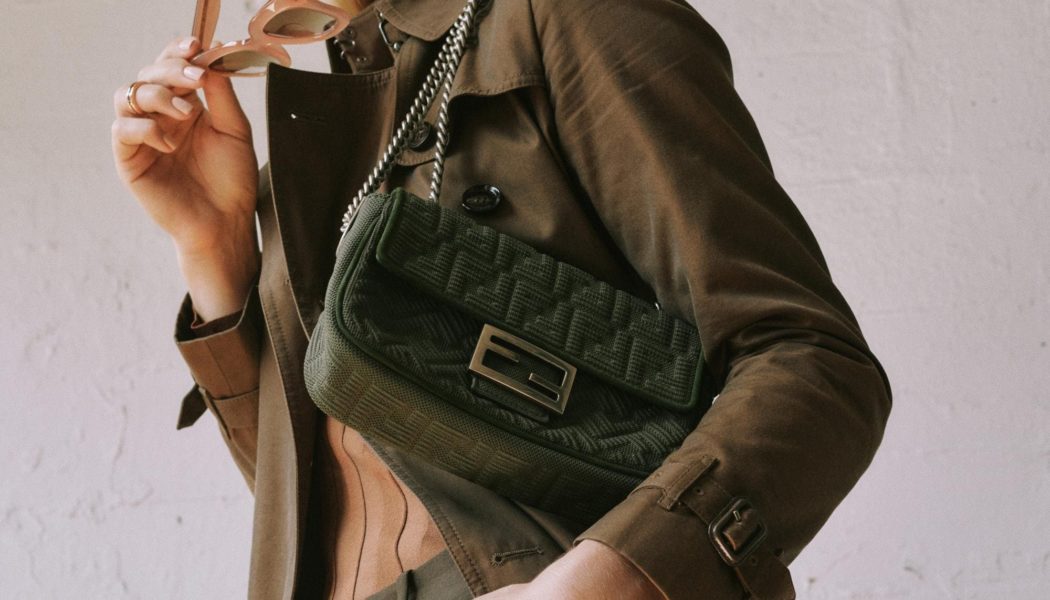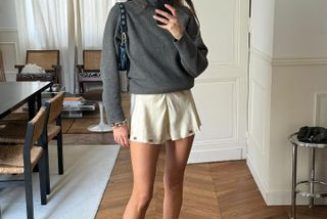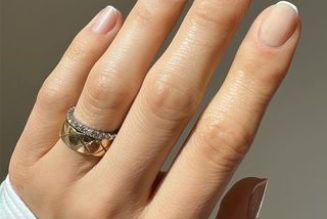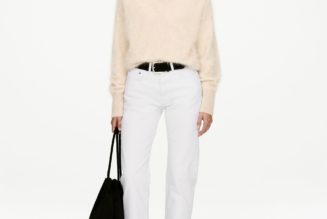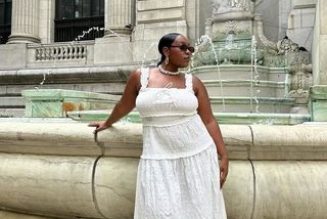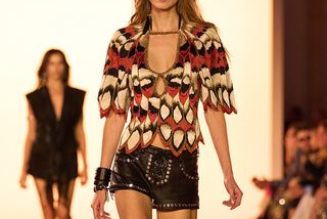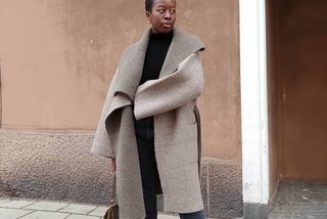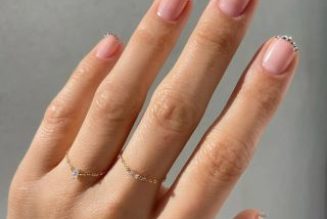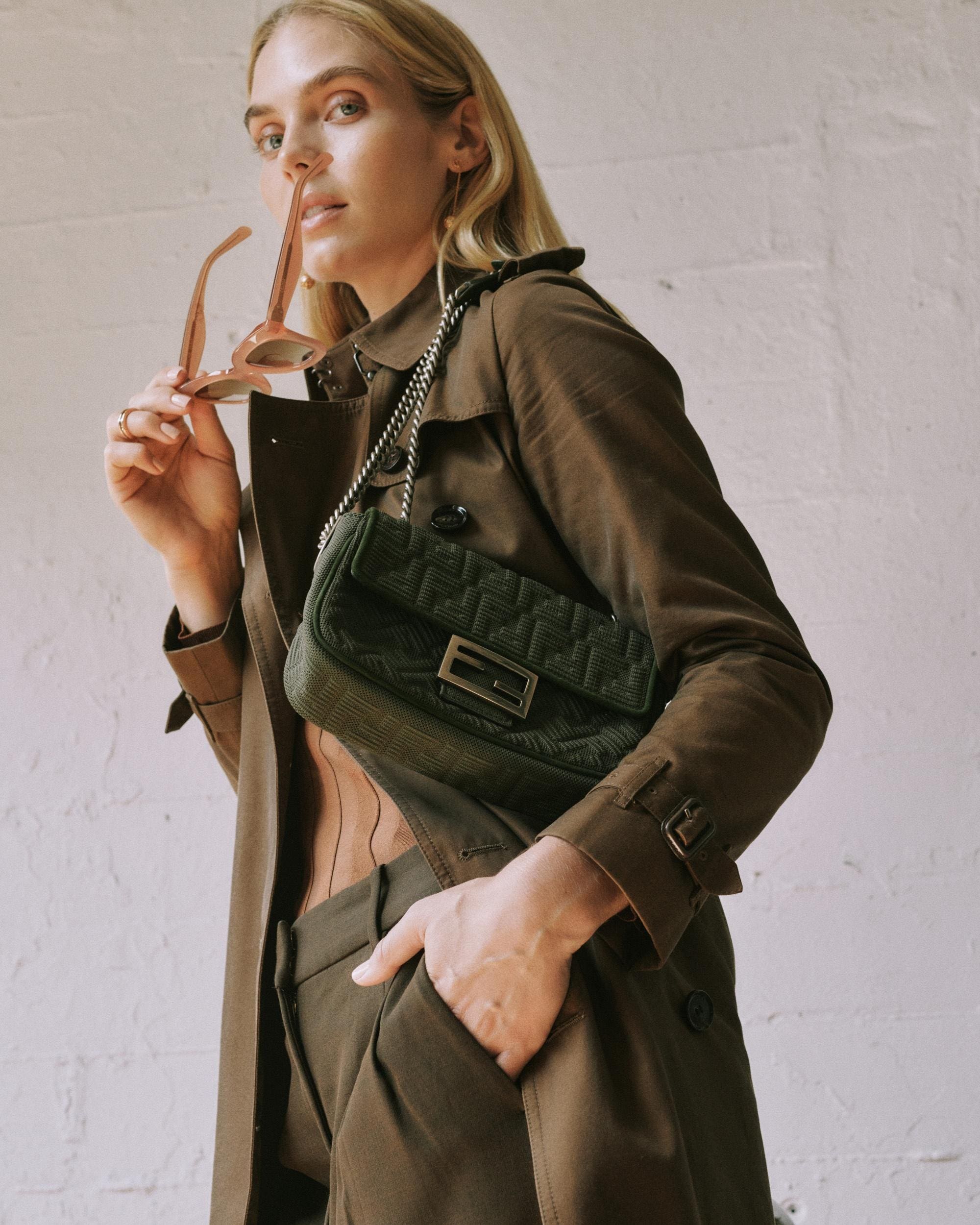
Manolo Blahniks and Fendi baguettes practically flew off shelves every time they made an on-screen appearance on Sex and the City. We’ll never know exactly how many shoes and bags the show moved, but this time around, with And Just Like That, technology has advanced enough to pinpoint those bumps. And the fourth annual 2023 Clair Report by Rebag has a lot to do with that.
To measure the impact of the reboot’s second season, Rebag analyzed data from three months before the premiere compared to three months after the finale. It focused on two Fendi bags that were featured prominently in the show, the Peekaboo and the Baguette. According to the findings, the Peekaboo increased its average value retention by 48%, and the Baguette increased by 34%.
Barbie Pink was a major trend for 2023
“We’ve been in this business almost 10 years now, and so we accumulate every year the data points on resale,” says Rebag Founder and CEO Charles Gorra. “The main data point we look at is what we call a retention value, which is the division between what an item sells for in the resale market divided by what they cost in the firsthand market. For example, if you buy something for $1,000, and it resells for $1,000, you will be 100%.” That’s how statistics are calculated for the annual Clair Report, which is named after Rebag’s proprietary software suite called Clair, which stands for “Comprehensive Luxury Appraisal Index for Resale.”
And Just Like That wasn’t the only cultural touchpoint that had a major impact on our shopping habits. It’s not surprising that Barbie pink made a splash, driven by Margot Robbie’s global press tour for Barbie and sparked by Pierpaolo Piccioli’s “Valentino Pink” collection in March 2022. As a result, in 2023 pink handbags retained an average value of 81%. The top performers include the Chanel Single Flap Quilted Lambskin Mini, with 110% retained retail value; Chanel 19 Flap Bag Quilted Leather Medium, with 102% retained retail value; and Prada Re-Edition 2000 Hobo Tessuto Mini, with 81% retained retail value.
Brands like Bottega Veneta saw a surge thanks to Quiet Luxury
“You can see the pop culture phenomenon impacting resale values,” Gorra says. “Things like the Barbie movie has bumped the pink tax. The influence of celebrities and pop culture on this market is pretty phenomenal. It’s obviously related to the exponential growth of social media. Pretty much since Covid, in the last three years the celebrity-driven consumption has certainly exported itself into the resale market. It used to be that the resale market five years ago was all about Birkins, Kellys and nice Chanel bags, and that was pretty much it. Now, you have all these outliers and it’s actually, even for us, much more volatile in some ways, because these trends can also reverse each other. I don’t know how long the Barbie effect will last.”
The quiet luxury trend sparked by Succession kept its foothold, with brands showcasing understated elegance—such as The Row, Loewe and Bottega Veneta—surging ahead. Favorites in this category include the Loewe Basket Tote with 92% retained retail value, The Row N/S Park Tote with 85% retained retail value and Bottega Venetta BV Jodie Hobo with 73% retained retail value.
Hermès continues to lead the luxury resale market
Despite the trends, in many ways luxury resale stays the same. “There is a lot of consistency in this market,” Gorra says. “It’s remarkable to see, in particular, that Hermès has been up there for as long as we’ve been in this business, and that hasn’t really changed.” Hermès continues to dominate, retaining 110% of its retail value, with Chanel, Celine, Prada and Valentino keeping theirs as well. Last year, Telfar was the top-performing brand for Rebag’s 2022 Clair Report, and it held steady with a whopping 228% average value retention in 2023.
The luxury handbag sector is becoming similar to the contemporary art market in that people don’t purchase a piece just for fashion and the aesthetics, but for the investment. “That’s our thesis, to be honest,” Gorra says. “We’re making this an asset class, basically an alternative asset. Exactly the same way you can own stock, you can own illiquid items like art, and you can own sneakers and Birkins and Rolexes. What’s interesting is it’s a bit of a chicken and an egg situation. We are giving people the tools to reinforce that trend, and then it becomes this self-perpetuating mechanism where you buy something and it pulls value and you read the Clair Report, and then you buy something else, and then you get into that cycle.”
